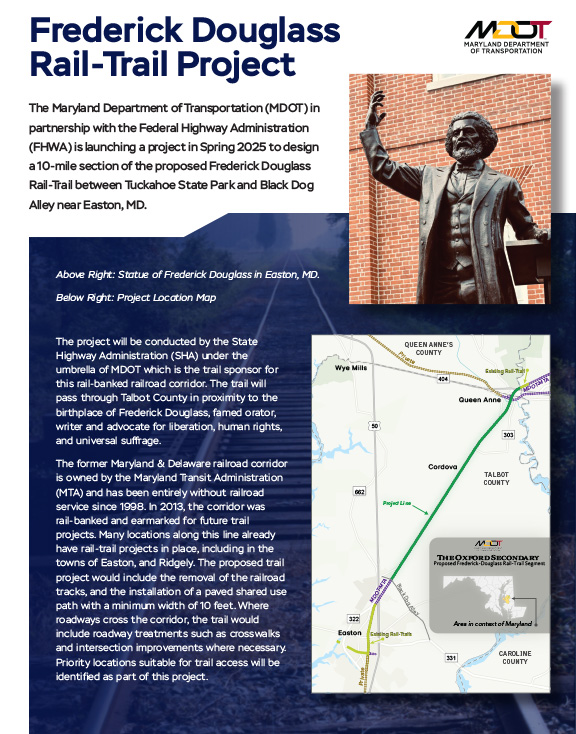The Frederick Douglass Rail Trail (FDRT) will repurpose the former Pennsylvania Railroad and Maryland & Delaware Railroad tracks as a 10-foot wide shared use path connecting the Town of Easton with the Town of Queen Anne. The plan is that it will connect to Tuckahoe State Park and its network of trails.
On April 3, 2025 MODT made the announcement that the State will be using Federal Carbon Reduction Grant monies to take the next step in the feasibility and design of the trail from Easton to Tuckahoe State Park. [Forward to 4:00 into the video]
About the 2020 MDDE (Maryland & Delaware Railroad Company) Project Assessment (linked below)
“In 2020, a study process was initiated that focused on identifying how the FDRT could spur economic development; improve residents’ health and quality of life by increasing access to community assets such as parks, schools, and businesses; and bring recognition to the African American/Black historical experience, railroad history, and agricultural heritage of Maryland’s Eastern Shore.
The purpose of this assessment was to document the potential for trail development within and adjacent to the rail corridor in Talbot County. This section of the rail corridor is approximately 15 miles long, extending northeast from the Town of Easton to Tuckahoe State Park, and was identified as a priority because of the active support of Talbot County for the rail-trail concept, the potential demand from trail users, and the presence of key destinations. This assessment included an inventory of historic, cultural, recreational, and natural assets along the rail corridor, and identification of physical, environmental, design and management issues and opportunities that will inform development of a trail feasibility study in the future.”
The following partners formed the core planning team to help guide the rail-trail study process:
- Maryland Park Service, Maryland Department of Natural Resources
- Talbot County Departments of Parks & Recreation, Planning and Zoning and Economic Development
- Eastern Shore Land Conservancy
- National Parks Service
- Maryland Office of Tourism
Download the MDDE Rail Corridor and Trail Assessment (2020 Study)
In Summary
The proposed route begins just north of the town of Queen Anne, in Queen Anne’s County and ends at the former rail line intersection with Black Dog Alley just north of Easton in Talbot County, Maryland. The total project length is approximately 9.5 miles. Trailhead amenities are planned within the towns of Queen Anne and Cordova. The proposed trail surface is a four-inch thickness of graded aggregate base underneath a two-inch asphalt concrete base course and two-inch asphalt concrete surface course. One-foot wide grass shoulders are proposed along both sides of the trail, except on bridge approaches.
The proposed trail uses the existing railway alignment over most of the project length. The railway is within a continuous 65-foot wide right of way, based off GIS property lines, which the State still controls. One proposed deviation from the railway route is a 1.3-mile realignment that avoids bisecting the 192-acre farm owned by Harry and Sharon Eaton while providing a direct connection to the Frederick Douglass Park on the Tuckahoe, a master-planned park through Talbot County Parks and Recreation. The County has completed a plan for that Park which includes work in three stages, with a trail along the frontage of the property as part of the first stage.
The rail line is well-maintained within the town centers of Queen Anne and Cordova, as well as along the frontage of many of the commercial and industrial facilities within the project limits. Trees, weeds, and shrubs currently grow over most of the existing tracks.
The FDRT was added to the priority list for the County which was ratified by the Council in March of 2024 and submitted to the MD Department of Transportation stating “Frederick Douglass Recreational Trail from the Town of Easton to the Town of Queen Anne: Talbot County has been working with the Maryland Department of Transportation agencies, Maryland Department of Natural Resources and other State and local stakeholders on preliminary planning for the Frederick Douglass Recreational Trail. This effort has been underway for many years. The alignment of this alternative transportation/recreational trail is the former Pennsylvania Railroad and Maryland & Delaware Railroad rights-of-way from the Town of Easton to the Town of Queen Anne. Talbot County seeks continued support for this project including funding for the design and construction of this beneficial alternative transportation and recreational facility.”
Talbot Thrive, as part of the Talbot County Bike & Pedestrian Advisory Committee will help guide State entities and the Council on this project. The advisory committee has representatives from all parties who wish to make their position known and are willing to work on developing a Master Plan for the County on Bike & Pedestrian facilities including this and future trail projects.
Talbot County Council held a Work Session on Bike & Pedestrian Plans in Talbot County and the FDRT on July 9, 2024
- Download Talbot Thrive’s Presentation to the County Council here
- To stay up to date with future meetings and agendas, visit https://www.talbotcountymd.gov/About-Us/County_Council/council-meeting-videos
- To add your name to Talbot Thrive’s enewsletter list, click below:
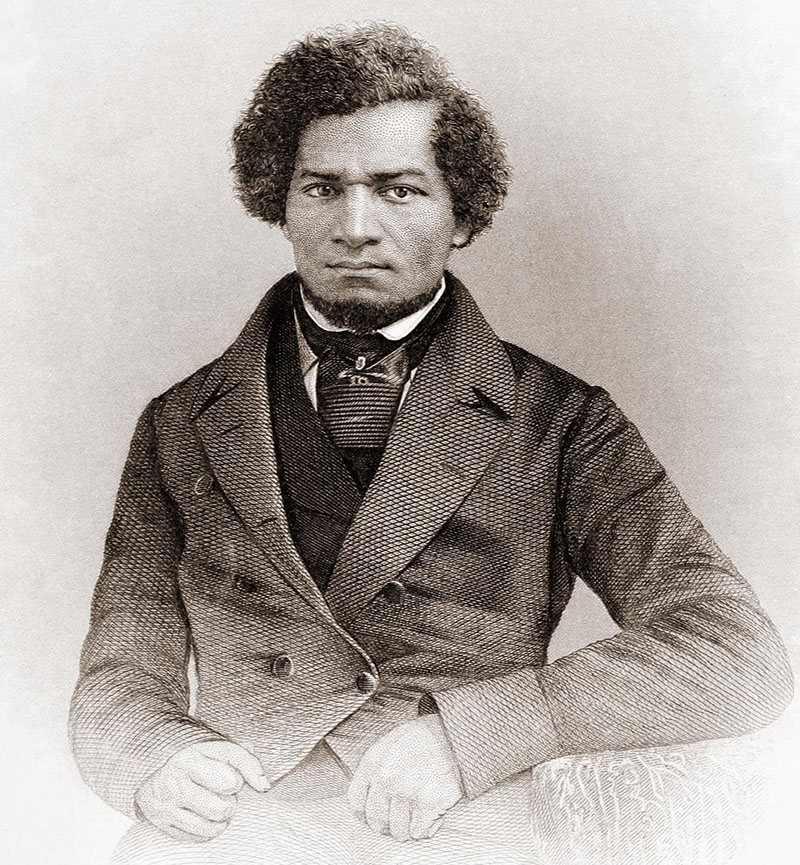
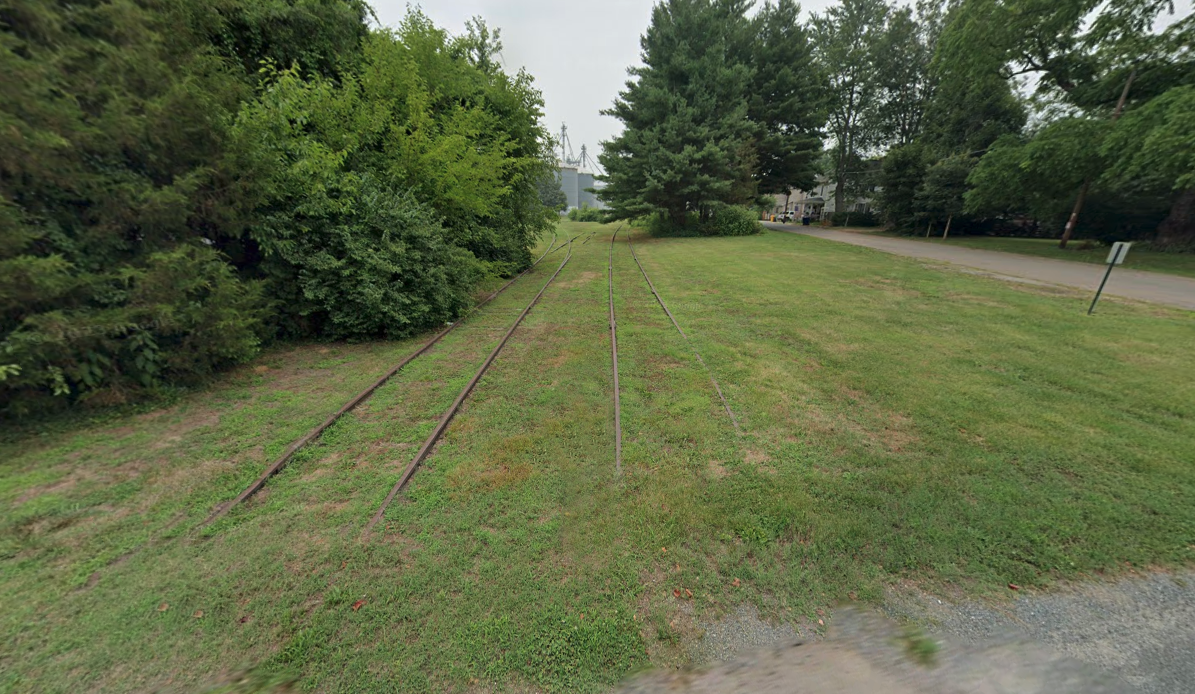
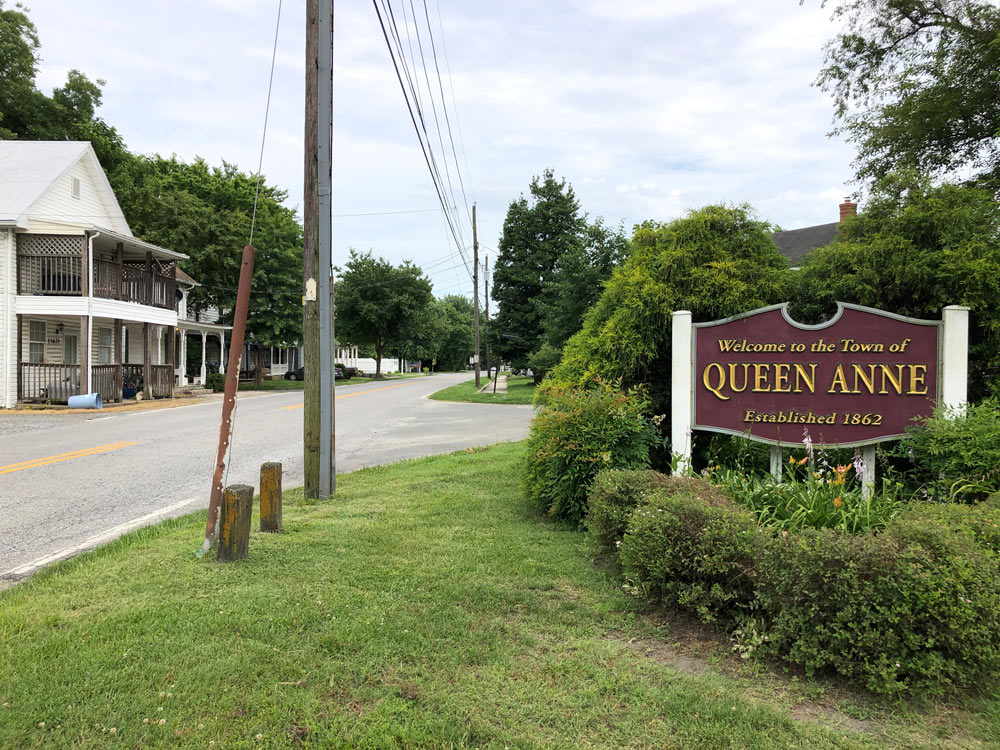
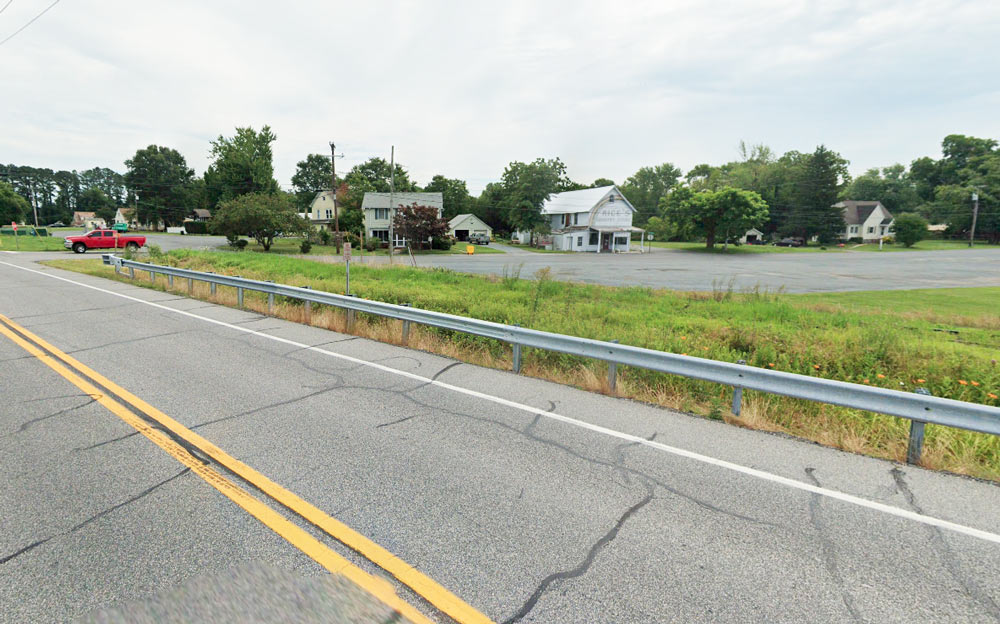
Frequently Asked Questions – Addressing Local Concerns
Won't having a trail hurt my property value?
Studies done after trails have been operational for a number of years, consistently reported that they (trails) were better neighbors than skeptics expected. When evaluated against the status quo benchmark, some perceive a retrofitted trail as a liability that is likely to reduce their quality of life. However, over time two scenarios are likely to emerge that cause negativism to dissipate. First, experience with it reassures proximate residents that their fears were groundless or overstated. Second, since proximity to a trail is relatively scarce in many urban communities, those who view it as a desirable amenity are likely to pay a premium for properties when they are offered for sale. (Compton, 2019)
Articles & Studies
- The Impact of Greenways on Property Values
- Home Sales Near Two Massachusetts Rail Trails
- Public Choices and Property Value
- Bike Paths - Safety and Property Values
- The Mohawk-Hudson Bike Trail - Its Impact on Adjoining Residential Properties
- The Impact of the Little Miami Scenic Trail on Single Family Residential Property Values
- Impact of Rail Trails on Property Values- A Case Study of the Minuteman Bikeway
- Omaha Recreational Trails - Their Effect on Property Values and Public Safety
- Pinellas County Trail Community Impact Study Summary
How can a shared use trail function safely within an active agricultural area?
Trails and active agriculture areas can and do exist in harmony, as demonstrated by examples from across the United States, including a wide range of use levels, trail surfaces, and management policies. The following strategies have been essential to the success of trails in agricultural areas:
- Natural and physical fencing to clearly delineate trail and agricultural areas and provide barriers
- Farmers given the ability to place notifications on the trail when agricultural operations would otherwise be limited by or hazardous to trail users
- Controlled crossings that allow farm equipment to reach both sides of the trail, where necessary
- Signage to alert trail users to the presence of active agricultural operations and instructing users to stay on the trail (since the trail will continue to be owned by the state, landowners whose property abuts the trail are not liable for the activities of those who leave the state's property and trespass onto privately-owned land)
- Creating advocacy groups or clubs to ensure maintenance and observation of the trail to minimize vandalism and encourage a self-policing environment.
Articles:
Won't a trail bring crime and homeless people to my property?
Numerous studies have shown that the development of rail-to-trail projects do not bring with them an increase in crime. The National Rails to Trails Coalition studied the impact of three major rail-trail projects in 1996 and found that the incidence of crimes on trails was very low compared to overall crime rates. Their study of rural trails concluded:
- There are an estimated 26 million annual users on the 254 surveyed rural trails cover ing 5,282 miles.
- The national rate of mugging in rural areas is 19 per 100,000 inhabitants; none of the rural rail trails reported muggings in 1995 and only one reported an incident in 1996
- The national rural rate of aggravated assault is 203 incidents per 100,000 persons; only three rural rail trails reported three assaults in 1995 and the same number in 1996
- Nationally, there were 26 forcible rapes per 100,000 rural inhabitants; two rural rail-trails reported rapes in 1995 and one trail reported a rape in 1996
- The national murder rate for rural areas is 5 per 100,000; none of the rural rail trails reported a murder over the two year period
Articles & Studies
- Rail Trails and Safe Communities
- Trail Effects on Neighborhoods, Home Values, Safety and Quality of Life
- Should Neighbors Close to Bike Trails Worry About Crime?
- Evaluation of the Burke-Gilman Trail's Effect Property Values and Crime
- The Mohawk-Hudson Bike Trail - Its Impact on Adjoining Residential Properties
How can hunting activities safely coexist with a shared use trail nearby?
There are more than 22,000 miles of rail-trails across the US, and as you can imagine, many of them traverse rural areas where hunting is an important part of the community. Trail managers (some might be state or national forest superintendents) have provided different solutions to conflicts that may arise on trails due to hunting. In fact, historic evidence of trail and hunting compatibility is deep rooted in single-track hiking trails like the Appalachian Trail. One of the oldest rail-trails in the nation, the 20-mile Stony Creek Railroad Grade in Dauphin County, PA, traverses through 40,000+ acres of state game lands and has been in operation since 1943 with no known injuries.
Some examples of other rail trails that have been established adjacent to or through public and private game lands and private hunting lands and have successfully accommodated trail users and hunters.
Articles
- Clarion, PA – Little Toby Creek Rail-Trail and the West Penn Rail-Trail (The Clarion-Little Toby Creek Trail and the West Penn Trail require that trail users to wear blaze orange during hunting season.)
- Springvalley Wildlife Area (Xenia, OH) A multiuse bike trail runs along one of the heaviest hunted marshes in the state. Karen Kelley, director of the Marion County Park District, recognizes the importance of the trail in preserving the wildlife habitat, saying, “Our park district is going to try to showcase via the railtrail the marshes and tallgrass prairies in season to support those efforts to preserve and maintain wildlife habitat.”
- No-hunting Buffer: Some trails that bisect public and private hunting lands enforce a “no-hunting buffer” (Amherst, MA) Carrying loaded firearms is prohibited within 150 ft. of the trail, which corresponds to Massachusetts state law regarding hunting near paved roads. However, hunters often use the rail-trail to get to and from hunting locations.
- Genesee Valley Greenway
(Western New York) On this 90-mile multiuse trail, hunters are allowed to use the trail to access hunting locations, but may not shoot from or across the trail. The trail isn’t closed during hunting season, and one of the adjacent landowners is a hunting club. - A Summary of Maryland's Hunting Regulations
- The Complete Guide to Hunting and Fishing in Maryland states:
- It is illegal to target shoot on state lands except in designated areas. (Rail Trails are State Lands)
- It is illegal to hunt, shoot or trap wildlife within 150 yards of any building or camp occupied by human beings without permission of the owner or occupant.
My property is next to the rail corridor. How can I benefit from the rail trail and how will the trail provide economic development to this area?
How landowners along the rail corridor benefit from the rail trail through business opportunities is up to them and their entrepreneurship. Talbot County Economic Development officials will be actively working with those who express an interest in a business venture to maximize that opportunity and their success. Also, county planning and zoning officials are committed to ensuring the right zoning is in place along the rail corridor to support any business proposals that arise. Agritourism and trails in general can be a major economic driver for the entire area, especially with the uptick in visitors expected from the Frederick Douglass Park on the Tuckahoe River.
Articles & Studies
- Bring Business: A Guide for Attracting Bicycle Tourists to New York’s Canal Communities
- C&O Canal National Historic Park is an Economic Engine for Surrounding Communities
- Turning Rail Corridors into Economic Drivers
- Economic Impact of the Shanendoah Rail Trail
"Repurposing old railroad right of ways into vibrant trail systems requires planning, community engagement, collaborative partnerships, and innovative best practices combined with a focus on equity and inclusion. The results are rail-to-trail systems that offer a variety of affordable housing options, promote economic and transportation opportunities, and enhance the quality of life for all residents."

